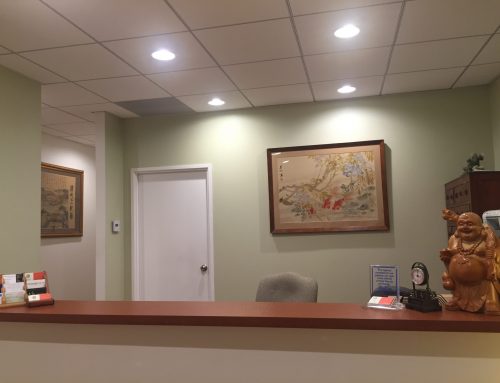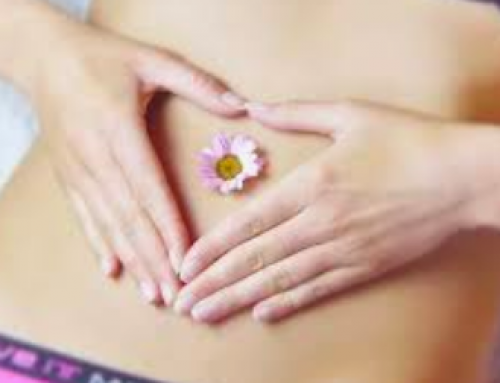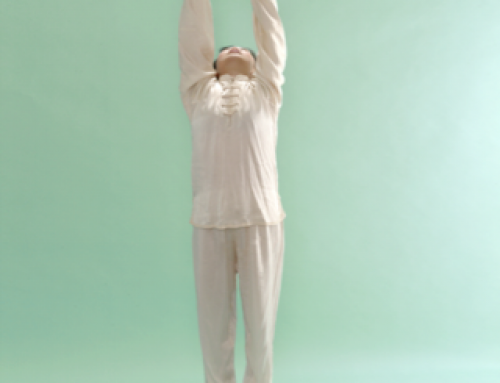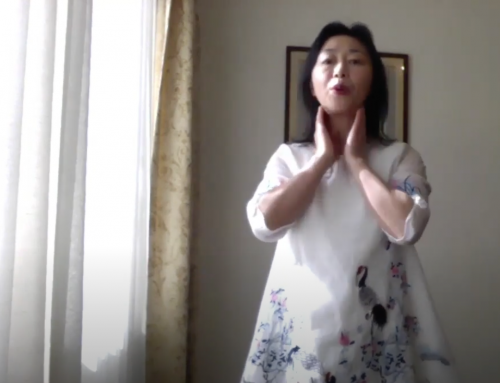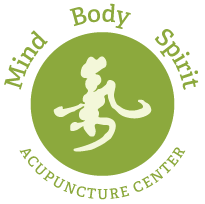Mind, spirit & body exercise helps to build up not only physical strength but willpower as well. It is adopted by having a diagnostic tests on the TCM point of view to the patient’s body condition. It is also used to correct the balance of the patients’ physical and mental condition during the healthcare exercise. This kind of healthcare exercise includes Taichi, meditation, five elements musical therapy, five elements recuperation, breath therapy and mind spiritual dancing. The widely popular Eighteen Methods of Exercises used in China is good for all kinds of pain, arthritis, and soft tissue problems. One will benefit preventively and therapeutically from the healthcare exercise and service provided by Ming Qi Center.
• Wu Qing Xi (five animal-style exercises)
• Tai Chi
• Qi Gong
• Ba Duan Jin (8 style exercise)
• Shi Er Duan Jin (12 style exercise)
• Lian Gong Shi Ba Fa (18 style exercise)
Exercising both the mind and body is a requirement of Chinese medicine to regulate the human body. TCM exercises emphasize concentration of the mind as the first step, and then the movement of the body follows the intention of mind to benefit the energy or correct imbalance. Therefore, TCM exercises are not as simple as choosing an apparatus to work out some particular muscle.
The classical body and mind exercises of the ancient times are as follows:
1. Wu Qing Xi
The five animal-style exercises invented by the famous Chinese doctor, Hua Tuo, mimics the movements of five types of animals: the tiger, deer, bear, ape, and bird. The exercise requires a relaxed body state and complete concentration as natural movements are synchronized with breathing.
2. Tai chi
Tai chi emphasizes a combination of action and stillness, yin and yang, activity in the body, but calm in the mind. The external action is composed of a series of rounded movements and the inner exercise functions to promote the circulation of qi and blood under the intention of the mind. This combination is capable of balancing the yin and yang and strengthening the qi and blood within the body to make the person more energetic. Tai chi has the function of nourishing the “shen”, tonifying qi, strengthening kidneys, tonifying spleen, regulating the meridians, and nurturing the tendons, bones, and joints. Moreover, it can be used in supplementing the treatment of neurological, circulatory, respiratory, digestive, and muscular skeletal diseases.
There are many different styles recorded in history. Nowadays, the essence of Tai chi has been composed as “The Simplified Style of Tai chi.” The essential points of Tai chi are keeping quiet and calm, stretching the back, and relaxing the body. Coordination of the body involved the use of waist as an axis, continuous movements and an even breathing pattern.
The forms are as follows:
Form 1: Commencing Form
Form 2: Part Wild Horse’s Mane on Both Sides
Form 3: White Crane Flashes Its Wings
Form 4: Brush Knee on Both Sides
Form 5: Strum the Lute
Form 6: Curve Back Arms on Both Sides
Form 7: Grasp the Bird’s Tail, Left Style
Form 8: Grasp the Bird’s Tail, Right Style
Form 9: Single Whip
Form 10: Wave ands Like Clouds – Left Style
Form 11: Single Whip
Form 12: High Pat on Horse
Form 13: Kick with Right Heel
Form 14: Strike Opponent’s Ears with Both Fists
Form 15: Turn and Kick with Left Heel
Form 16: Push Down and Stand on One Leg – Left
Form 17: Push Down and Stand on One Leg – Right
Form 18: Work at Shuttles on Both Sides
Form 19: Needle at Sea Bottom
Form 20: Flash Arm
Form 21: Turn to Deflect Downward, Parry and Punch
Form 22: Apparent Close-up
Form 23: Cross Hands
Form 24: sClosing Form
3. Classical Qi Gong
Classical Qi Gong is another form of body and mind exercise. Presently, it has become very popular in the United States. The practice of qigong can be explained from two aspects, the active and the serene. The active aspect refers to the body exercises and slow movements guided by the mind and breath. Together with self-massage and abdominal style of breathing, the exercises and movements stimulate the internal organs and result in the re-adjustment of the body’s physiological function. The serene aspect refers to the self-exercise of the mind and breath through which the practitioner is able to enter a quiet state that recovers the function parasympathetic segment of the nervous system.
Qigong is an efficient exercise in regulating the body’s physiological functions, promoting its normal functioning, and slowing the aging process. The principles of Qigong are as follows:
• Regulating the “Shen” (mind and spirit): It refers to the regulation of the mind into a quiet and relaxed state. It helps to increase the coordination of the central nervous system.
• Adjusting the breath: Through deep and gentle abdominal breathing exercises, oxygen intake of the lungs dramatically increases. Thus, the cardiovascular and other essential systems of the body are strengthened. In particular, this abdominal style of breathing creates a stimulating function of the internal organs, which would result in the increase of blood circulation to the organs, secretion of the digestive system, and movement of the stomach and intestines to improve absorption of nutrients.
• Improvement of the body: This refers to the body’s posture and movement through exercise and self-massage. The effects of qigong are slow and gentle. In addition, qigong requires a close coordination of motion, mind, and breath, which would be helpful in increasing blood circulation and correcting functional disturbances.
There are many different kinds of qigong exercises but most forms can be divided into three major types: general health type, relaxation type, and the body movement type.
The general healthcare type has ten different sections: “combing hair and massaging face,” “massaging the helix of the ear,” “knocking teeth and clenching jaws,” “knocking the heavenly drum,” “swallowing saliva,” “moving eyeballs and staring,” “massaging the nape,” “rubbing the abdomen and the rib cage,” “rubbing the lumbar and the kidney,” “patting the meridians,” etc.
The relaxation type includes sitting style, sleeping style, standing style, relaxing both sides of the body, and relaxing anterior and posterior of the body.
The body movement exercise are “swaying the head and tail,” “major and minor wheels,” “twitching body wheels,” “turning head and looking at the moon,” “wind swaying the lotus leaves,” “kid kowtowing buddha,” “stretching legs and arms,” “holding both foot,” “rotating hands in a standing posture,” and “collecting and changing stars.”
The use of qigong in health preservation is not uncommon. It has a long history dating back to 2,000 years ago. All patients should study it seriously for their well-being.
4. Ba Duan Jing (Eight Style Movement)
Ba Duan Jing consists of eight different movements, each one of which is simple, short, and effective. Since time or location does not restrict one’s practice, it is quite popular, and consists of two styles. The Wen or sedentary style adopts a sitting position with concentrated mind and attention to one’s breathing. This particular type incorporates knocking teeth, shaking head, gargling throat, massaging the kidney area, swaying shoulder, pressing the scalp, stretching the sole of the foot, etc. In contrast, the Wu or active style adopts a standing position emphasizing body movement. These movements are called “Upholding the heaven and regulating Sanjiao,” “Stretching the bow with both sides,” “Regulating the spleen and stomach,” “Looking backwards,” “Swaying the head and tail,” “Tapping at the back,” “Holding fist and staring,” “Stretching to both soles,” etc.
5. Shi Er Duan Jing (12 Style Movement)
Shi Er Duan Jing is based on the Ba Duan Jing (Eight Style Movement) with the addition of four exercises that are easy to learn, practice, and are effective. There are movements such as “Knocking teeth,” “Swallowing saliva,” “Massaging face,” “Knocking heavenly drum,” “Exercising Gaohuang,” “Upholding the sky,” “Stretching the bow with both sides,” “Rubbing Dantian,” “Rubbing inner kidneys,” “Rubbing yongquan,” “Massaging Jiaji,” “Swinging legs,” etc.
6. Lian Gong Shi Ba Fa (Exercise 18)
Lian Gong Shi Ba Fa was developed by the sports committee in China in 1950 according to the Chinese Traumalogic Orthopedic Doctors Association. It is especially designed for neck, shoulder, and lumbar pain patients.
• By emphasizing inner strength, it facilitates the acquisition of qi.
• It is quite effective in treating qi and blood stasis as a result of lumbar or cervical disorders.
• Similar to other exercises of its type, it is most effective when combined with acupuncture and tui-na/acupressure, since there is a mutual enhancement of therapeutic effects.
• Exercise 18 is unique in that it is a form of treatment as well as a method of prevention. If one continues to practice this form of exercise on a daily basis, many forms of occupational muscular injury and fatigue may be avertable.
Exercise 18 consists of 18 movements divided into five sets:
• The first segment is designed especially for cervical disorders.
• The second set is more suitable for those with lumbar problems.
• The third benefits those who suffer from pain of the extremities.
• The fourth is for articulation and tendon problems.
• The fifth treats organ functions.

